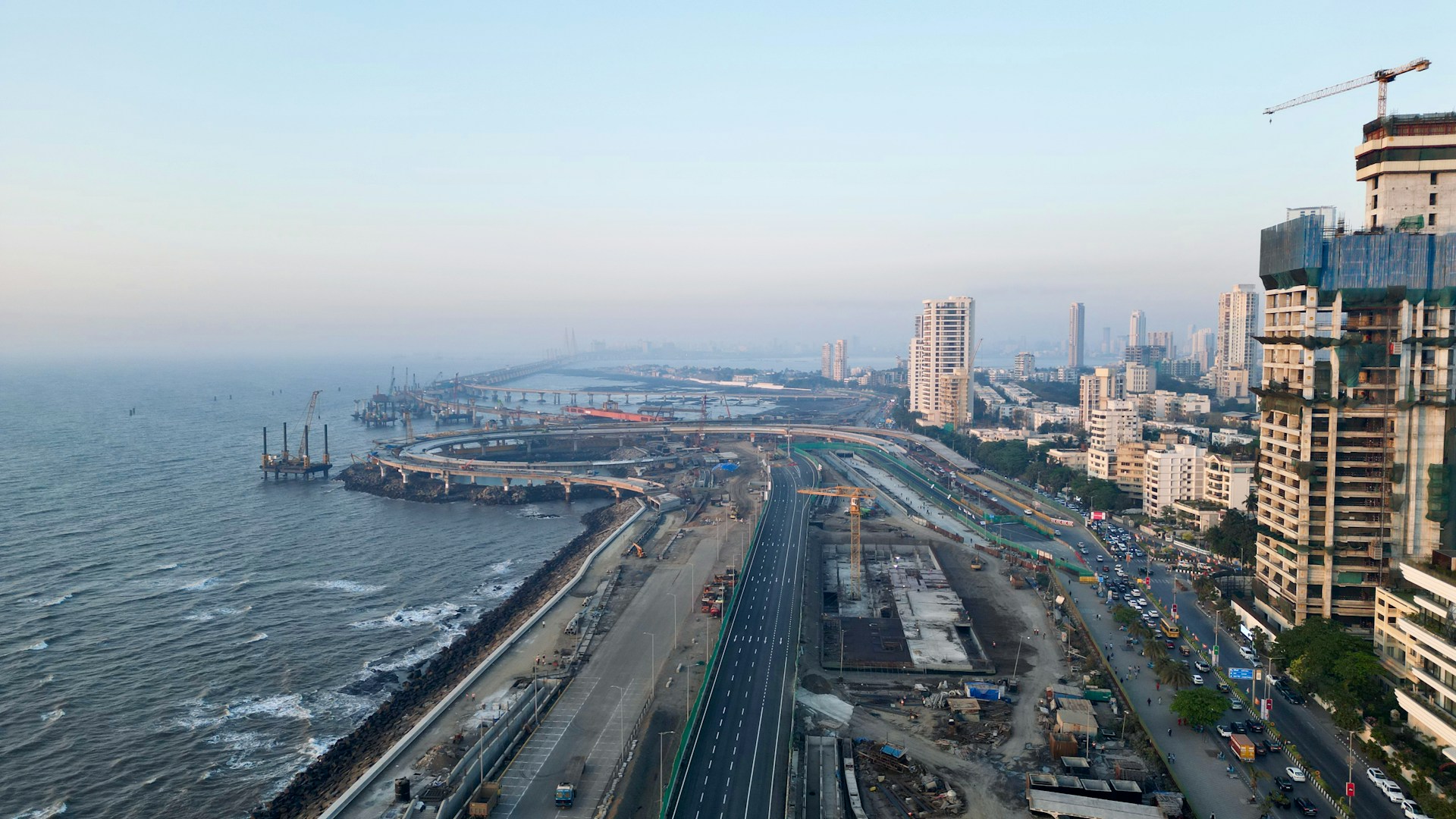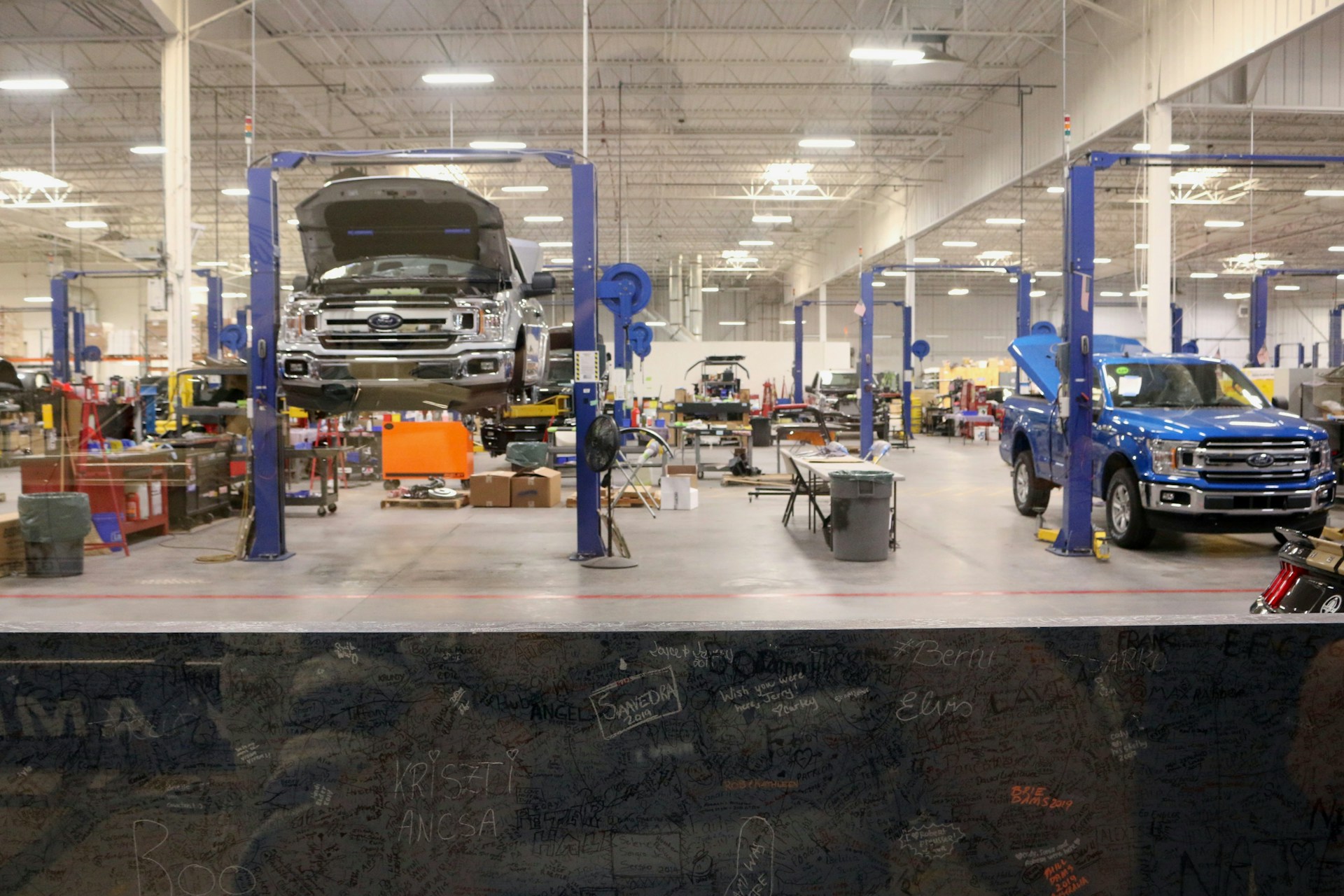Underwater construction might conjure images of scuba divers and deep-sea gadgets, but it’s much more than an oceanic adventure. This arena of construction has evolved over the years, driven by engineering innovations, safety demands, and cutting-edge technology.
Today, we’re exploring the pioneering techniques that are revolutionizing the underwater construction industry. Whether you’re into engineering, technology, or safety, there’s something here for everyone eager to learn how structures rise beneath the waves.
Navigating the Depths of Engineering
Foundations Beyond Land
When it comes to underwater projects, laying a solid foundation is crucial. Conventional earth-moving methods are not applicable here; instead, innovative solutions are leveraged. Engineers use pile-driving technology that adapts to fluid terrain and pressure variations.
This ensures structures remain firmly anchored to the seabed, providing stability even in turbulent waters. Such reliability is imperative for bridges and piers that must withstand variables unseen on dry land.
Articulated Concrete Mats
Among the most noteworthy innovations are articulated concrete mats. These mats are crucial for protecting pipelines, cables, and erosion-prone areas of the seabed. Articulated concrete mats offer the flexibility and durability that traditional methods lack.
They efficiently adapt to the contours of underwater terrain, ensuring a snug fit and extended longevity. Their modular design allows for easy transportation and deployment, making them an essential tool in the underwater construction toolkit.
Navigating Unique Challenges
Engineering underwater presents unique challenges that demand novel solutions. Pressure differentials, water currents, and ecological considerations are just a few factors at play.
Engineers need to be well-versed in the dynamics of fluid mechanics while integrating environmental science to mitigate disruption to marine life and habitats.
Leveraging Modern Technology
Advanced Machinery and Tools
Modern underwater construction is heavily reliant on sophisticated technology. From remotely controlled robots to advanced surveying equipment, the role of technology cannot be understated.
These innovations allow for precision and efficiency, reducing human risk and expediting timelines. ROVs (Remotely Operated Vehicles) equipped with cameras and sensors can operate under extreme conditions, providing real-time data that empowers engineers to make informed decisions swiftly.
Safety Enhancements Through Tech
Safety is the linchpin of any successful construction project, especially in environments as variable as underwater. Advanced monitoring systems are crucial in anticipating potential hazards. Pressure sensors, sonar technology, and automated alerts ensure that construction remains safe and on track.
Such systems can detect structural weaknesses or environmental shifts before they pose actual threats, significantly reducing accident risks and improving the safety landscape in underwater construction.
Data-Driven Decisions
Data is a powerful tool for optimizing underwater construction efforts. With sophisticated data analytics, engineers can predict structural integrity under various conditions.
The incorporation of big data analysis allows for better planning and decision-making, from material selection to project management. This ensures long-term durability, cost-efficiency, and minimal environmental impact.
A New Wave in Safety Protocols
Ensuring Worker Safety
Worker safety is paramount in the construction industry, and underwater projects bring their own set of challenges. Modern techniques focus on reducing human exposure by maximizing the use of mechanical systems and automation.
Diving operations, when necessary, are supported by rigorous safety protocols and technologically advanced gear, ensuring the highest levels of safety at all times.
Environmental Safety Considerations
The ecological safety of underwater projects is as important as the physical safety of workers. The marine ecosystem is delicate, and construction projects must tread lightly.
This is where articulated concrete mats shine—they reduce seabed erosion and provide surfaces that mimic natural marine growths. Construction efforts now incorporate environmental impact assessments that guide planning to protect and even enhance surrounding marine life.
Regulations and Standards
Stringent regulations guide underwater construction, ensuring that projects meet high safety and environmental benchmarks. Organizations such as the American Bureau of Shipping (ABS) and the
International Maritime Organization (IMO) establish guidelines that construction teams must adhere to. Familiarity with these regulations is essential for professionals tasked with overseeing underwater projects.
Redefining the Future of Underwater Construction
Emerging Innovations
The landscape of underwater construction is continuously evolving with emerging innovations that promise to redefine what’s possible beneath the waves.
Technologies like underwater 3D printing and self-healing materials are on the horizon, offering exciting possibilities for future infrastructure developments in marine environments.
Sustainable Practices
Sustainability is not just a buzzword but a fundamental aspect of modern construction philosophy. Underwater engineering pioneers are integrating sustainable practices to minimize carbon footprints and protect marine biodiversity.
Renewable energy sources, sustainable materials, and minimalistic designs all contribute to this eco-friendly approach.
Preparing the Next Generation
With the continued growth of underwater construction, there’s a pressing need to prepare the next generation of engineers, architects, and construction workers.
Educational programs are adapting, focusing on multidisciplinary knowledge that spans civil engineering, marine biology, and environmental science. The aim is to produce professionals who are not only skilled in innovative techniques but also conscientious stewards of marine environments.
Navigating the Construction Tide
The world beneath the waves holds boundless opportunities for innovation and development. By utilizing the latest in engineering, technology, and safety measures, underwater construction paves the way for sustainable and resilient infrastructure developments.
From articulated concrete mats streamlining the groundwork to the latest in safety protocols safeguarding all parties involved, the future has never looked more promising.
Engaging with these advancements ensures that our underwater endeavors not only succeed but also leave a positive legacy for generations to come.
If the depths still hold mysteries for you, consider seeking further resources or connecting with professionals in the field. There’s much more to explore and learn in this fascinating industry that might just anchor your career aspirations.





